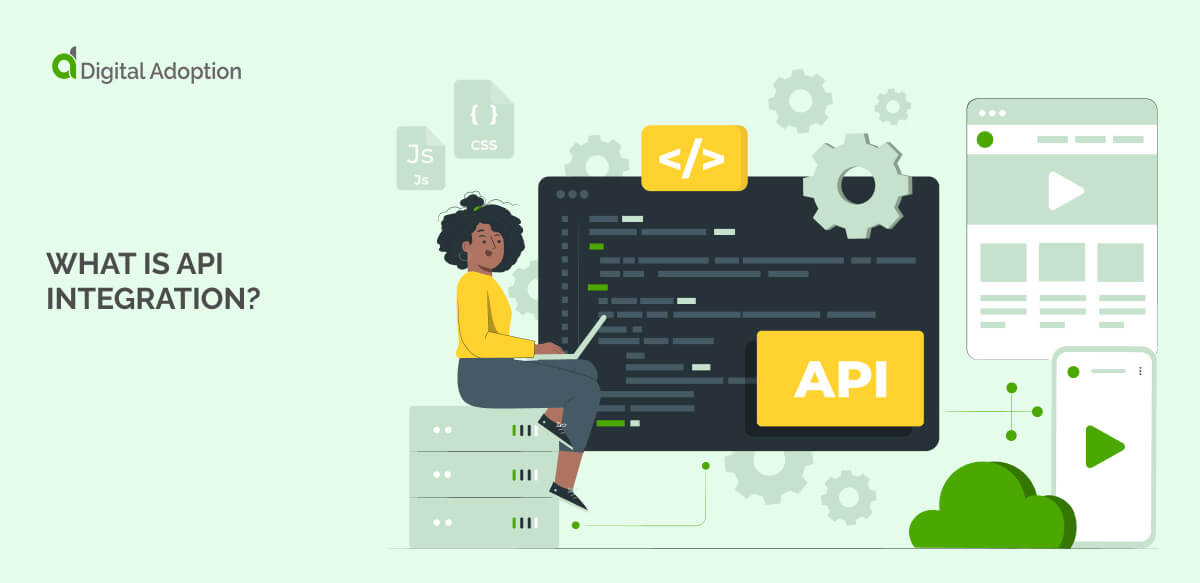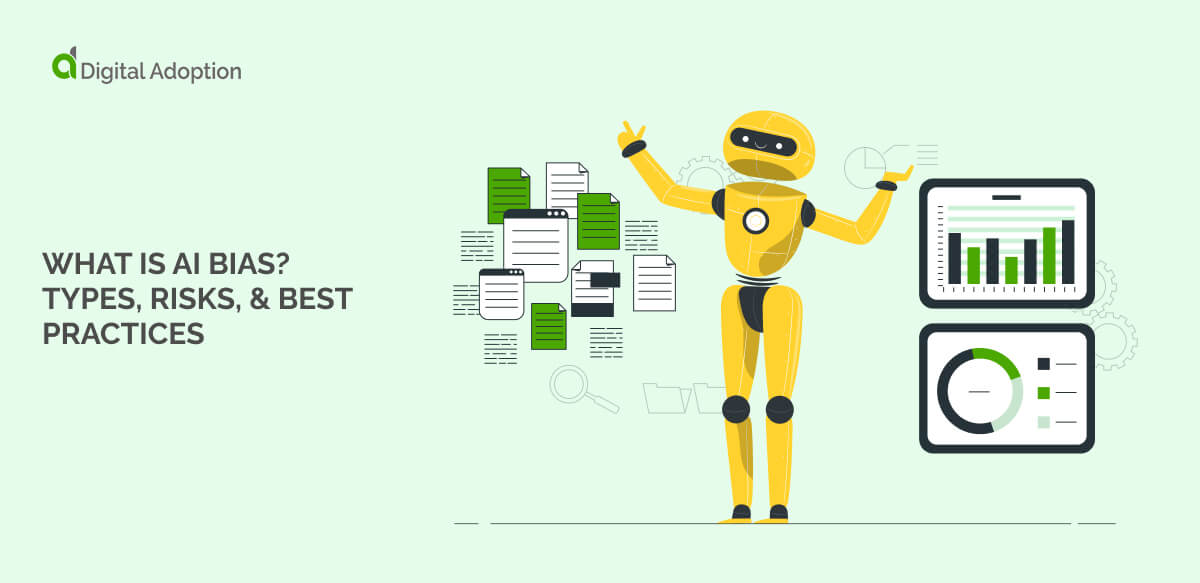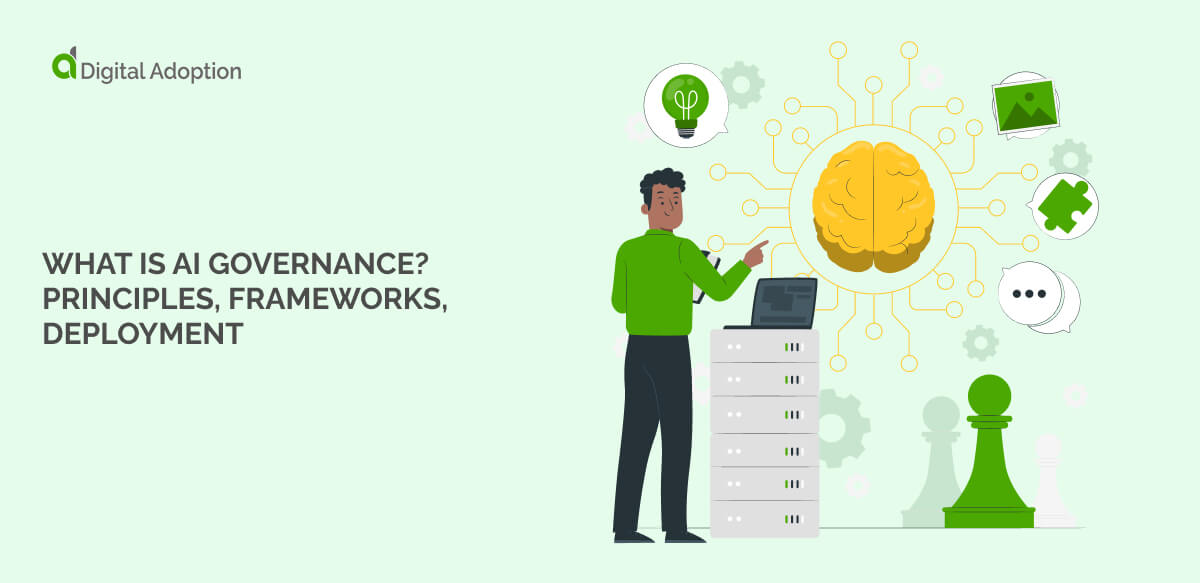What is API integration?
API Integration is the process of linking different software or apps so they can share information and work together. This connection happens through APIs or application programming interfaces.
An API allows one program to send and receive data from another without needing direct access to its internal code or structure.
This integration is widely used to connect digital tools such as customer management systems, payment platforms, or inventory software. It allows data to move automatically between these systems, reducing errors and saving time.
For example, when a customer places an online order, an API integration can update the inventory system and notify the shipping department instantly.
API integration helps businesses create systems that work together efficiently, even if they come from different providers. It also optimizes operations by making it easier to connect and use various tools in one digital workflow.





